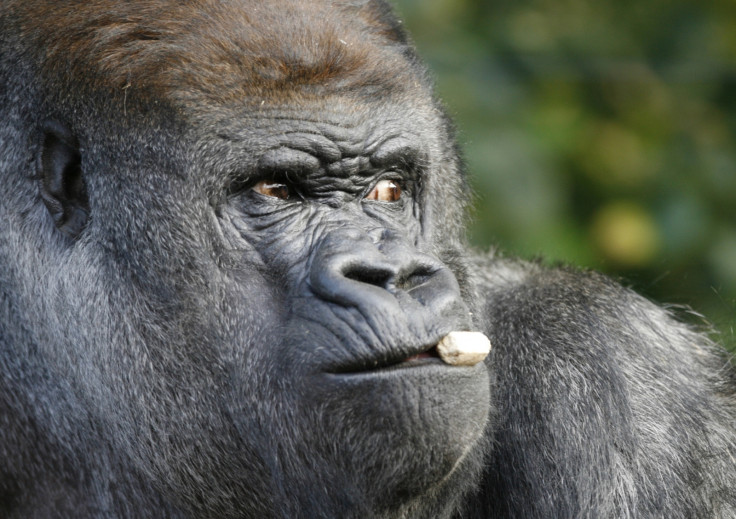Koko the gorilla proves apes may be closer to being able to speak than first thought

Apes may be closer to being able to speak than previously thought, new research suggests. In the 1930s and 1940s, "a couple of husband-and-wife teams of psychologists tried to raise chimpanzees as much as possible like human children and teach them to speak. Their efforts were deemed a total failure", according to Marcus Perlman of The Gorilla Foundation.
He added: "Since then, there is an idea that apes are not able to voluntarily control their vocalisations or even their breathing." It has been widely accepted that the noises apes make are reflex sounds in response to their environment, such as calling if there is danger.
However, in 2010, Perlman began research on Koko the gorilla, who has been living in close proximity with humans for the best part of half a century and is able to communicate through sign language. "I went there with the idea of studying Koko's gestures, but as I got into watching videos of her, I saw her performing all these amazing vocal behaviours," Perlman said.
Perlman and Nathaniel Clarke of the University of California sifted through 71 hours of video footage of Koko, according to a study published in Animal Cognition. They looked at how Koko was interacting with staff at The Gorilla Foundation and noted nine different, yet repeated, voluntary behaviours that required control of vocalisation and breathing.
The report states the researchers documented Koko blowing a raspberry when she wanted a treat, blowing her nose into a tissue, playing wind instruments, huffing moisture on to a pair of glasses before wiping them with a cloth and mimicking phone conversations by chattering wordlessly into a telephone. She was also able to cough on command – proving she had control over her larynx.
Perlman said: "She doesn't produce a pretty, periodic sound when she performs these behaviours, like we do when we speak. But she can control her larynx enough to produce a controlled grunting sound. The motivation for the behaviours varies. She often looks like she plays her wind instruments for her own amusement, but she tends to do the cough at the request of Penny and Ron [the couple she has spent most time with]."
Perlman says these behaviours are learned. He said: "Presumably, she is no more gifted than other gorillas. The difference is just her environmental circumstances. You obviously don't see things like this in wild populations."
He adds that this could prove that the foundations for evolution of the human ability to speak were in place with our last common ancestors with gorillas – 10 million years ago. Perlman said: "Koko bridges a gap. She shows the potential under the right environmental conditions for apes to develop quite a bit of flexible control over their vocal tract. It's not as fine as human control, but it is certainly control."
© Copyright IBTimes 2025. All rights reserved.






















